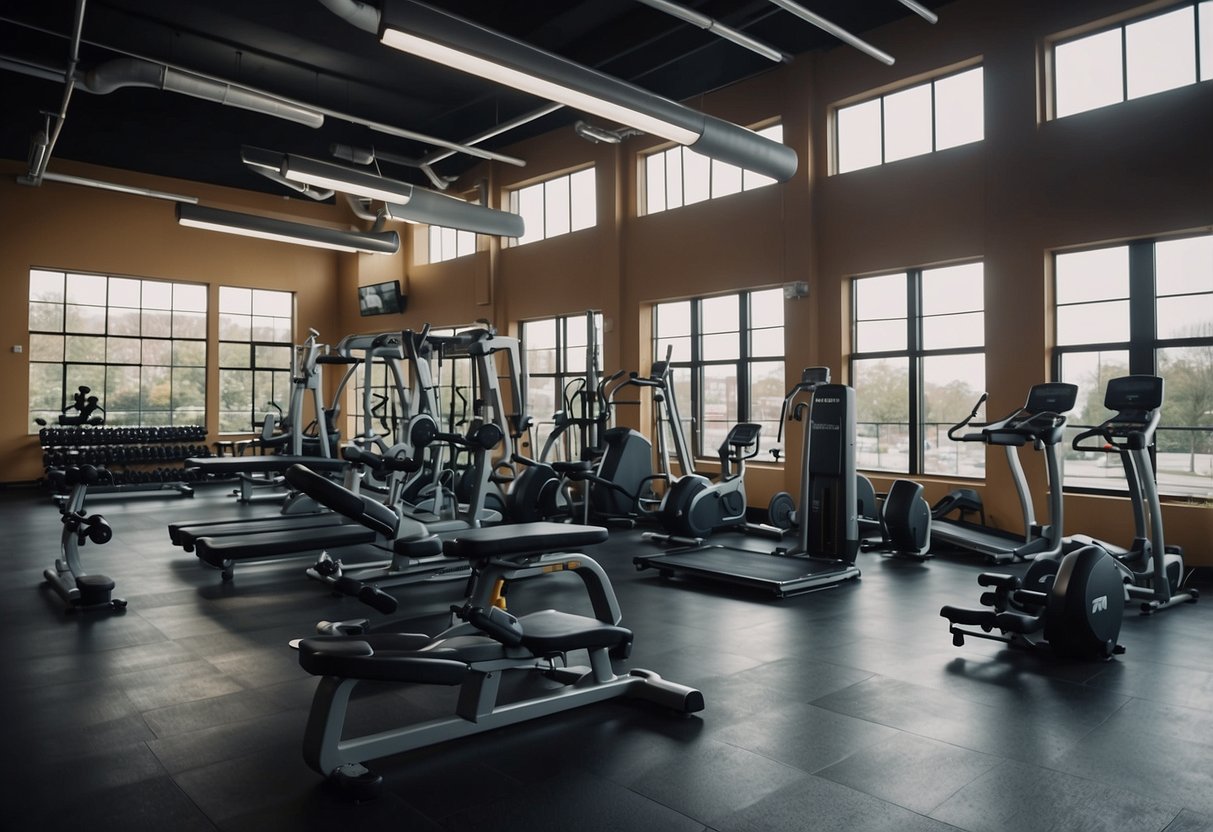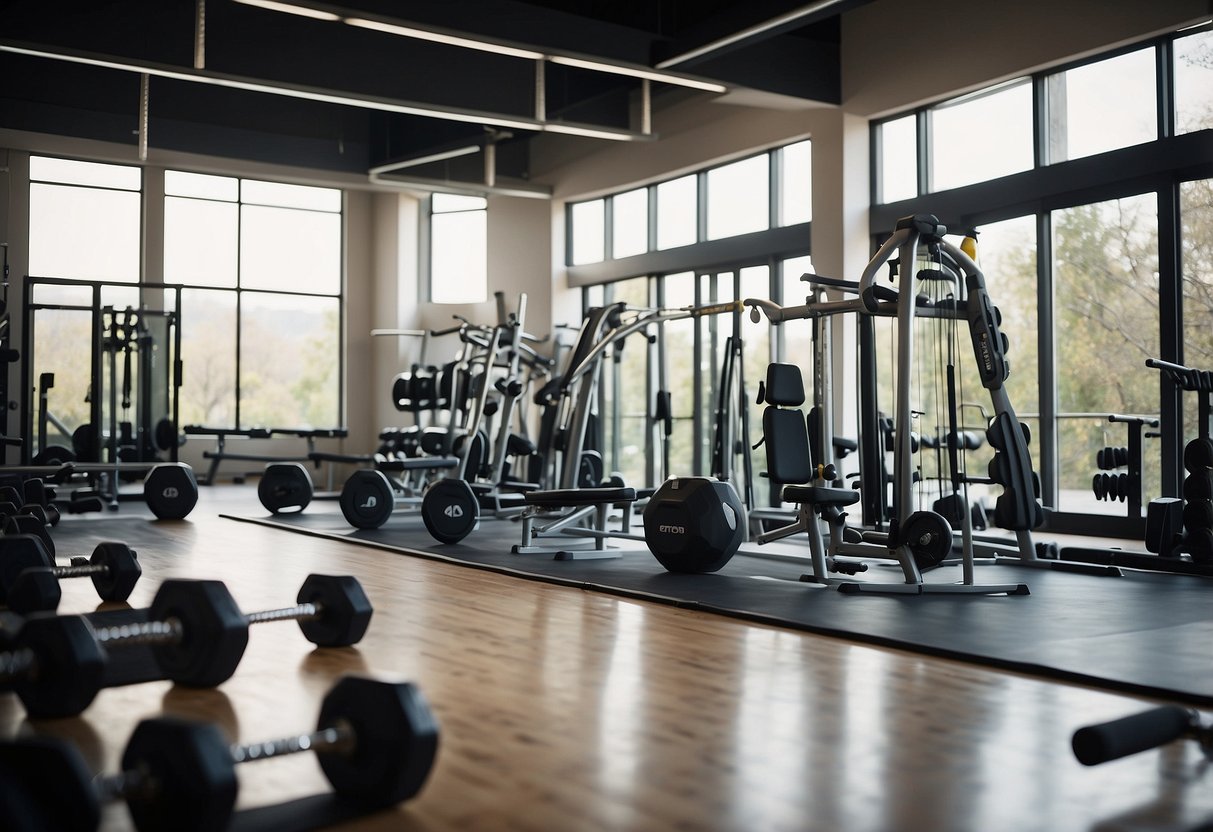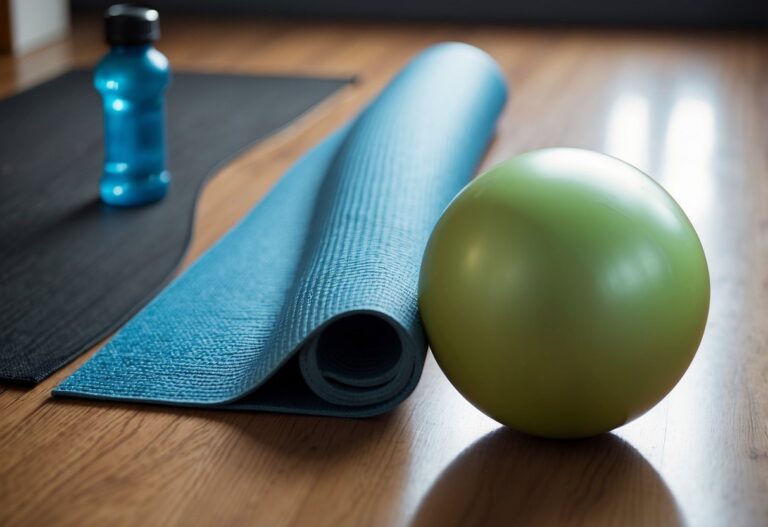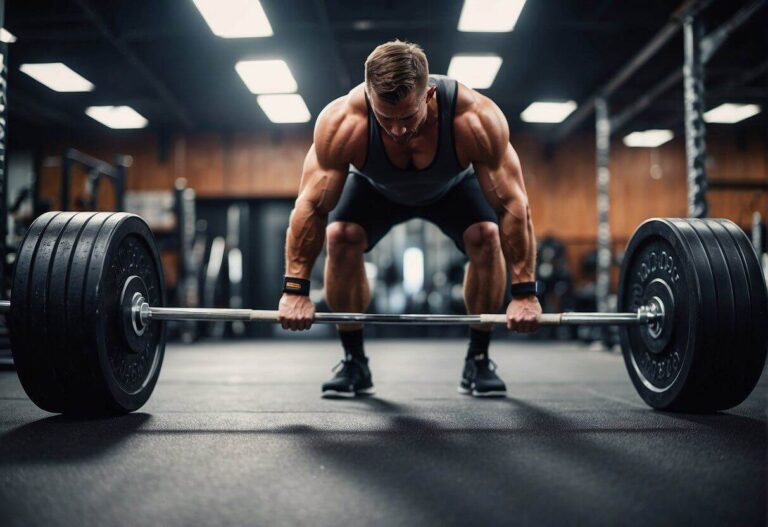Staying fit can be a challenge, especially with busy schedules and constant distractions. Whether you’re trying to maintain your current level of fitness or aiming to reach new goals, having some helpful workout tips can make the process easier and more enjoyable.
Finding the right motivation and methods is key to achieving your fitness goals.

There are many ways to stay fit that don’t require much time or expensive equipment. From quick at-home exercises to simple routines you can do at the gym, it’s all about finding what works best for your lifestyle.
By exploring different workout options and staying consistent, you can make significant progress towards a healthier you.
Warm-up exercises
Before diving into your workout, you need to warm up. Warming up prepares your body for physical activity and helps prevent injuries.
Start with knee lifts. Stand tall, bring up your alternate knees to touch the opposite hand. This move keeps your heart rate steady.
For shoulder rolls, march in place while rolling your shoulders forward and backward. This loosens up your shoulder muscles.
Try high-plank walks. Start standing, bend forward to place your hands on the floor, walk out to a plank, hold, then walk back and stand. This strengthens your core.
These exercises get your blood flowing and muscles ready for action.
Include high-intensity interval training (HIIT)
High-intensity interval training, or HIIT, is a powerful way to stay fit. You perform short bursts of intense exercise followed by rest or low-intensity periods. This method helps you burn more calories in a shorter time compared to traditional workouts.
In HIIT, you can push your body to 80-95% of your maximum heart rate. For example, doing exercises like Tabata, which involves 20 seconds of intense effort followed by 10 seconds of rest, is a common approach.
If you’re new to HIIT, start slow. Take longer rest periods and gradually increase intensity. This way, you avoid burnout and reduce the risk of injury while getting fitter.
Incorporating HIIT into your routine can lead to significant improvements in cardiovascular health and stamina. Plus, it often requires minimal equipment, making it easy to do at home or outside. Consider adding HIIT to your workout plan.
Track your progress
Keeping track of your fitness journey can be motivating and rewarding.
Start by taking progress photos. Snap a picture of yourself every few weeks. Comparing these images will help you see changes in your physique over time.
Another way is to monitor how your clothes fit. Notice if they become looser or if you need smaller sizes. This can be a sign of progress even if the scales don’t show it.
You can also use a workout journal. Write down the dates, exercises, and weights you lift. Seeing the improvements in the numbers over time can be very satisfying.
For those who prefer technology, fitness trackers are an excellent tool. They can help you monitor your steps, heart rate, and even sleep patterns, giving you a detailed overview of your progress.
If you want precise data, consider using DEXA scans or bioelectrical impedance. These methods measure body fat percentage and muscle mass, offering a detailed view of your body’s changes. Hydrostatic weighing is another accurate way to gauge your progress.
Stay Hydrated
It’s crucial to stay hydrated when you’re working out. Dehydration can lead to reduced performance and even health issues.
Try to drink 450ml of water in the two to four hours before you exercise, as suggested by Think Active.
During your workout, sip water frequently. Small, regular sips help maintain hydration without causing discomfort.
Carrying a reusable water bottle can remind you to drink throughout the day. Consider these tips from Fitness First to keep your hydration levels up and your workouts effective.
Maintain Proper Form

One of the most important aspects of working out is maintaining proper form. Good form helps prevent injuries and ensures that you target the right muscles.
Always keep a neutral spine. This means your back should be straight, not hunched or overly arched. Imagine a straight line from your head to your tailbone.
Keep your core engaged. Tighten your stomach muscles as if you’re about to get punched. This provides stability and protects your lower back.
When lifting weights, use a full range of motion. Never sacrifice form for heavier weights. If you need help, consider getting taught in person by a professional.
Incorporate Strength Training

Adding strength training to your workout routine can boost your fitness journey. Even simple exercises like push-ups or squats can make a big difference. You don’t need fancy equipment to start.
Consider using isometric resistance exercises like planking. These exercises involve contracting your muscles against nonmoving objects, providing an effective workout without weights.
You could also try isotonic strength training. This involves moving your muscles against resistance, like lifting weights or doing bodyweight exercises such as lunges.
Incorporating strength training can help you build muscle, burn fat, and improve your metabolism. Start with a few basic exercises and gradually increase difficulty.
Don’t skip stretching
Stretching is a vital part of any fitness routine. It keeps your muscles flexible, strong, and healthy. When you skip stretching, you can become less flexible and risk injury.
Incorporate daily stretching into your schedule. Even ten minutes can make a big difference. It helps reduce joint stiffness and improves your range of motion.
Stretching can also alleviate chronic pain. Regular stretching boosts blood flow to your muscles, which can ease discomfort and improve mobility. Visit Verywell Fit to learn more about the benefits of stretching every day.
Rest and Recover
Taking time to rest is crucial for your fitness journey. Your muscles need time to repair and grow stronger. Without rest, you risk overtraining and injury.
Aim to give the muscles you worked 48 to 72 hours of rest.
Active recovery days can help keep you moving without overtaxing your body. Light activities like walking, yoga, or swimming are perfect for these days.
Consider incorporating activities that are not too intense. This can include easy cycling or gentle stretching. These activities keep your blood flowing and help your muscles recover.
Use a Fitness Tracker
Using a fitness tracker can really boost your workouts. These devices help you monitor your progress, making it easier to stick to your fitness goals.
First, make sure your tracker is accurate. Some devices can mistake hand movements for steps, which might not give you the best data. So, choosing a reliable tracker is key.
Adjusting the settings of your tracker for personalised use can enhance its efficiency. For example, you might want to turn off move notifications if they become a distraction.
Fitness trackers can also offer guided workouts. Using these can take the guesswork out of your routine, making it simpler to stay on track.
Don’t forget to keep your tracker updated with the latest firmware. This ensures it functions at its best, giving you the most accurate and helpful data possible.
Mix Up Your Routines
Mixing up your workout routines can keep things exciting and help your body adapt better. When you change exercises, you work different muscles, which can improve your strength and avoid overuse injuries.
Try incorporating different types of workouts like strength training, cardio, and flexibility exercises. It can be something as simple as replacing a run with a bike ride or adding yoga to your weekly routine.
Using varied equipment can also make a difference. For instance, use resistance bands one day, and dumbbells the next. This variety can make workouts more fun and challenging.
Check out these benefits of mixing your workout. By including multiple forms of exercise, you’ll keep your body guessing and continuously improving.
Importance of Consistency
Consistency is key when it comes to fitness. It’s not just about working out hard; it’s about working out regularly. Sticking to a routine can make a huge difference in your results.
First of all, being consistent helps you build discipline. When you make exercise a regular part of your life, it becomes a habit. This discipline carries over into other areas of your life too.
Regular workouts also lead to steady progress. Over time, your body adapts to the exercises you do, becoming stronger and more efficient. For instance, you might notice that you can lift heavier weights or run longer distances compared to when you first started.
Your mental health benefits greatly from consistent exercise. Regular physical activity has been shown to reduce stress, anxiety, and depression. It’s a great way to clear your mind and boost your mood.
One practical tip is to avoid all-or-nothing thinking. Even a short workout is better than none. If you miss a session, don’t be too hard on yourself. Just get back to it the next day.
Balanced Diet for Optimal Performance
To achieve peak performance, you need to focus on a balanced diet that provides the right macronutrients and proper hydration. These elements play a critical role in how your body functions during workouts.
Macronutrients and Their Role
Macronutrients are essential for your body. They include carbohydrates, proteins, and fats. Each has a unique role in supporting your fitness goals.
- Carbohydrates: These are your primary source of energy. Foods like whole grains, fruits, and vegetables provide the fuel you need. Before exercise, a small meal with carbs can give you the energy boost you need.
- Proteins: Important for muscle repair and growth. Incorporate lean proteins such as chicken, fish, and legumes into your diet. Protein helps rebuild muscles after a tough workout.
- Fats: Though often misunderstood, healthy fats are crucial. Sources like avocados, nuts, and olive oil provide essential fatty acids and support overall health.
Hydration and Its Impact
Staying properly hydrated is vital for keeping your body functioning optimally.
Even mild dehydration can affect your performance and recovery.
- Before Exercise: Drink water in the hours leading up to your workout.
- Aim for about 500ml 2-3 hours before.
- During Exercise: Continue to hydrate, especially if your workout lasts longer than an hour.
- Consider sports drinks if you’re engaging in intense activity, as they replenish electrolytes.
- After Exercise: Rehydrate with water or an electrolyte drink to replace what’s lost through sweat.
- A general guideline is to drink approximately 1.5 times the fluid lost through sweating.
Listen to your body’s signals to maintain good hydration habits.
Notice dry mouth or fatigue? These might be signs you’re not drinking enough water.







